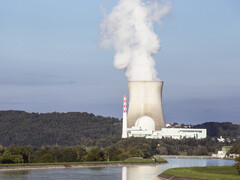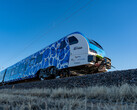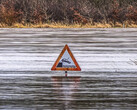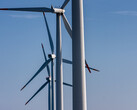What went fundamentally wrong at the Fukushima Daiichi nuclear power plant in 2011 is largely known. A seaquake followed by a tsunami caused considerable damage to the reactor site.
The resulting core meltdowns due to the loss of cooling destroyed large parts of the nuclear power plant. In addition, radioactive substances were released, amounting to around a fifth of the amount released in the Chernobyl reactor accident.
Some lessons have already been learned from the disaster. For example, the reactor blocks of newly built nuclear power plants are constructed further apart from each other, as the ventilation system of one block was destroyed by the explosion of another in Fukushima.
A current study, which can be viewed at iScience, deals primarily with the pattern of fallout from the disaster. In the course of shutting down the reactors, depressurization had to be carried out, which led to contamination in a strip over 50 kilometers long.
The central question was how exactly this image could have arisen. After all, even after five years, the radiation in this extensive zone was so high that the typical annual dose is reached after less than two weeks. Shortly after the accident, a few days were enough.
The researchers therefore conclude that the depressurization was carried out according to a fixed protocol. At the crucial moment, the wind was blowing inland, whereas a few hours earlier it had shifted towards the sea.
Two other points are viewed much more critically. For example, the information provided to the public was clearly too technical. Possible radiation exposure was stated in milli- and microsieverts per hour, which hardly anyone can relate to, instead of referring to the annual exposure from natural radiation sources.
This value is 1 to 2 millisieverts per year, or 0.2 microsieverts per hour. In Fukushima itself, it was possible to measure millions of times this value during the disaster. In the fallout area, it was significantly more than a hundred times higher.
Also, there was no strategy for evacuating the 20-kilometer zone (12 miles). In addition, there was the aforementioned strip of increased radiation, which did not fit into the rigid concept of a circular evacuation zone.
Overall, the study concludes that detailed plans to prevent the maximum conceivable accident are in place for most of the more than 400 active reactor units. However, the procedure following such a disaster, which will occur again, at least statistically speaking, is often inadequate.
Admittedly: Preventing the biggest disaster possible seems more glamorous. However, having a few good ideas in the drawer about what can and should be done in the best-case scenario shouldn't do any harm.












